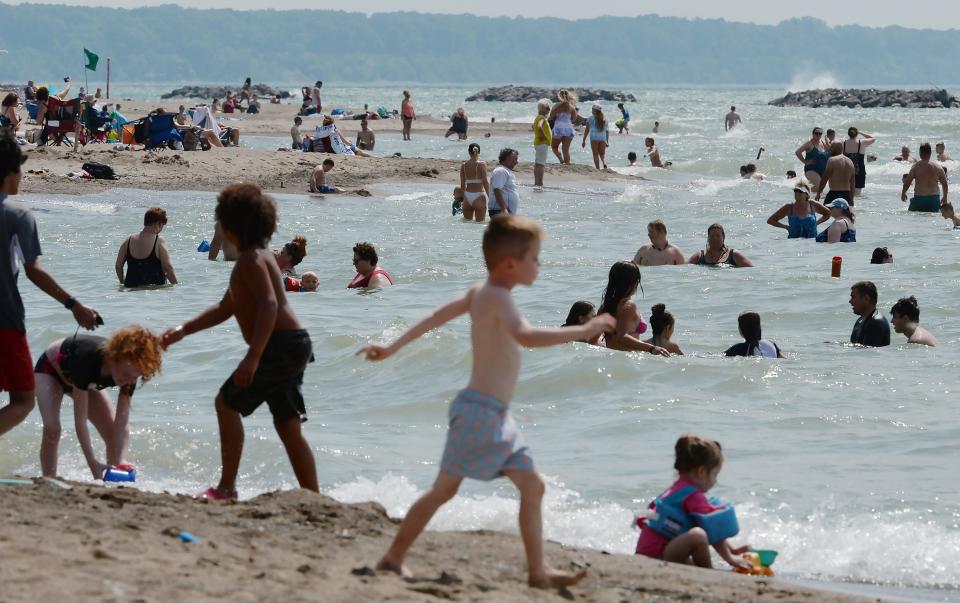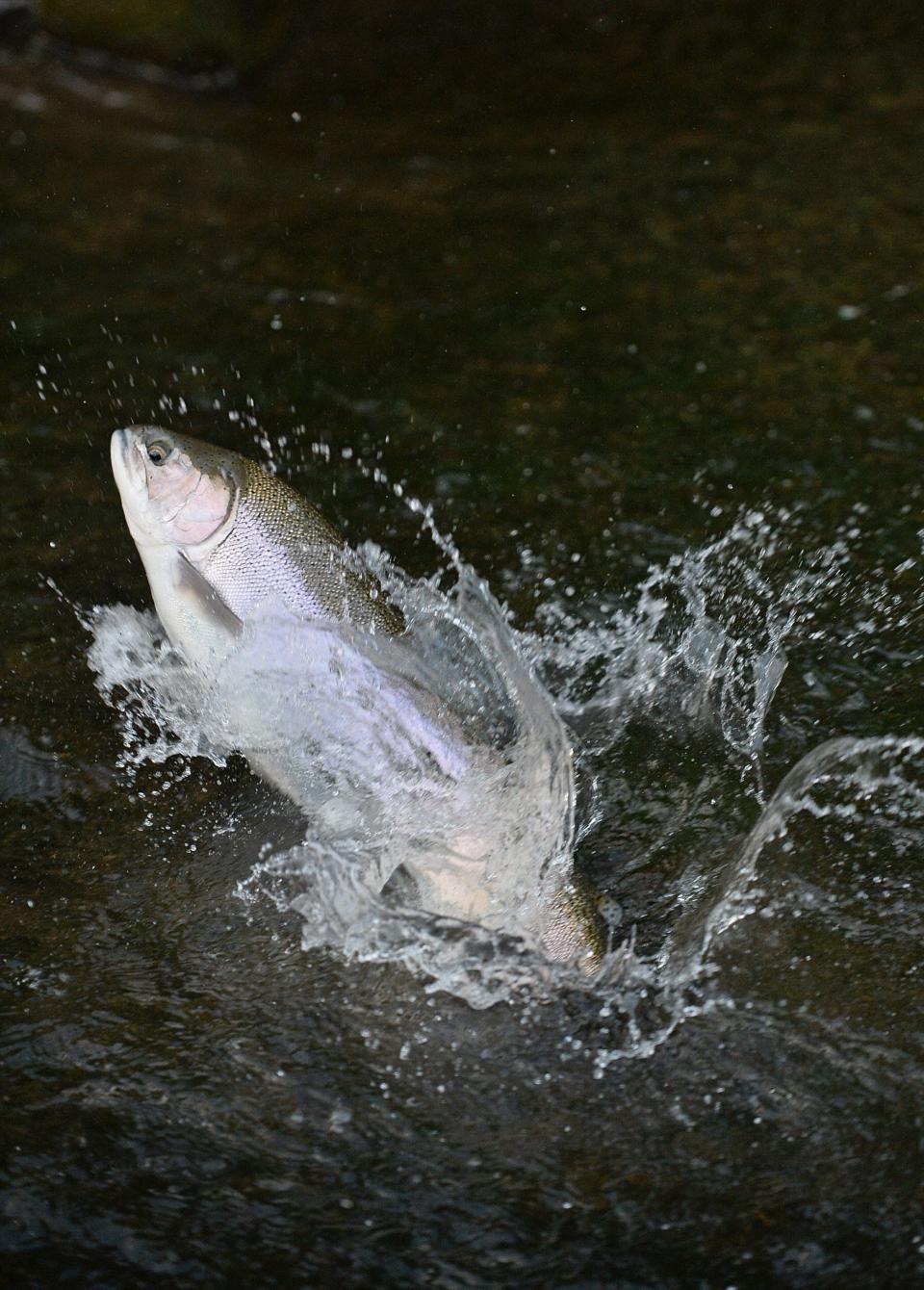PA budget delivers big wins for Lake Erie cleanup, recreation and more
Historic investments in long underfunded conservation programs included in Pennsylvania's new $43 billion budget could go a long way toward benefitting our region's greatest asset: our water.
Lake Erie, Presque Isle Bay, and their tributary streams provide water for drinking, manufacturing and agriculture. Our watershed also supports a vibrant $1.2 billion tourism industry which attracts people from all over the world. Erie County's recreational fishing industry alone has an estimated annual economic impact of over $40 million.
These essential resources, however, face challenges that must be addressed to maintain their value well into the future. Lake Erie, Presque Isle Bay, and nearly 50% of stream miles in our watershed are "impaired," or too polluted to support drinking water, recreation, and fish consumption. Climate change, invasive species, and pollution caused by surface runoff, plastic and fossil fuel waste, and historic industrial activity are additional challenges to water quality.
In reaction to these threats, PennFuture — along with 12 partner environmental organizations and a team of scientific reviewers — launched the Our Water, Our Future Campaign in 2020. We recognize that all levels of government, business and organizational leaders, and citizens must take collective action to protect and restore water quality.
If this year’s bipartisan budget agreement is any indication, it appears our state elected officials are getting the message. The new spending plan includes over $880 million for clean water and the environment. The deal reverses a trend of year-after-year funding cuts for the programs and state agencies meant to protect our environmental resources.
For example, the Growing Greener program, first created under Gov. Tom Ridge in 1999, was once a lifeline for conservation and clean water projects. Despite the program's lasting benefits, funding diminished from an average of $200 million per year in the mid-2000's to only $18 million last year. A new $156 million State Parks and Outdoor Recreation program will replace Growing Greener.
How big of a deal is this new budget for the Lake Erie watershed?
Prior Growing Greener investments totaled almost $16 million in Erie County for local and state park and water quality improvement projects. Over half of these investments went to Presque Isle and Erie Bluffs State Parks. Due to increased pressure on our state parks during the COVID-19 pandemic, additional support from the State Parks and Outdoor Recreation program is anticipated for Erie.
Another $320 million will be used to finance capital projects that protect communities against severe flooding, improve wastewater treatment facilities, and modernize stormwater infrastructure. This state funding, if leveraged with federal stimulus and infrastructure act funds, could allow our local communities to make great strides toward maintaining and improving vital water systems.
A significant win from the Our Water, Our Future Campaign is the creation of Pennsylvania's first fund dedicated solely to water quality: the Clean Streams Fund. New programs in this $220 million fund target two of our largest sources of water pollution: runoff from agriculture and urban built environments.
The Agricultural Conservation Assistance Program will utilize county conservation districts to distribute $154 million to farmers for projects that protect our waterways. Each county will receive funds based on the number of impaired agricultural stream miles, farms, cropland acres, and livestock and poultry.

A new Municipal Stormwater Assistance Program will support local communities with heavily built environments. Almost 1,000 urban municipalities in Pennsylvania, including 11 in Erie County, that must take additional measures to reduce the impact of their urban runoff due to their population density could benefit from this program.
Other budget allocations will increase funding for state environmental resource agencies, protect threatened natural habitats, preserve farmland, and facilitate greater energy efficiency.
While the benefits of these historic investments will last for years, we should not overlook that one-time pandemic relief funds made it possible. When these funds dry up, we will need to make our voices heard again in support of Pennsylvania's natural resources.

Several of the environmental programs in the budget guarantee funding for the Lake Erie watershed, but many will only be available through competitive application. For this reason, we call upon municipal and county leaders to implement priority strategies detailed in the Our Water, Our Future Campaign to build capacity, secure funding, and improve water quality.
It is not every day, especially in places like Pennsylvania, that spending plans include such forward-thinking funds for environmental priorities. However, for local communities like those in Erie County, work must begin to ensure we get our fair share.
Jenny Tompkins is a campaign manager for clean water advocacy at PennFuture, a statewide environmental organization with five offices across Pennsylvania.
This article originally appeared on Erie Times-News: PA budget delivers big wins for Lake Erie cleanup, recreation

